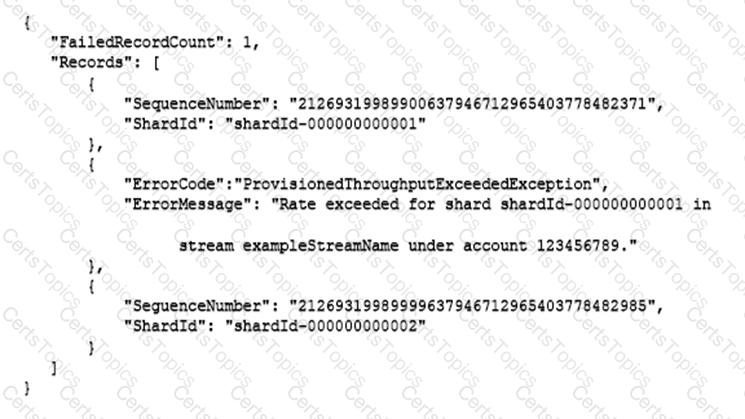Amazon Web Services DVA-C02 Exam With Confidence Using Practice Dumps

DVA-C02: AWS Certified Associate Exam 2025 Study Guide Pdf and Test Engine
Are you worried about passing the Amazon Web Services DVA-C02 (AWS Certified Developer - Associate) exam? Download the most recent Amazon Web Services DVA-C02 braindumps with answers that are 100% real. After downloading the Amazon Web Services DVA-C02 exam dumps training , you can receive 99 days of free updates, making this website one of the best options to save additional money. In order to help you prepare for the Amazon Web Services DVA-C02 exam questions and verified answers by IT certified experts, CertsTopics has put together a complete collection of dumps questions and answers. To help you prepare and pass the Amazon Web Services DVA-C02 exam on your first attempt, we have compiled actual exam questions and their answers.
Our (AWS Certified Developer - Associate) Study Materials are designed to meet the needs of thousands of candidates globally. A free sample of the CompTIA DVA-C02 test is available at CertsTopics. Before purchasing it, you can also see the Amazon Web Services DVA-C02 practice exam demo.


